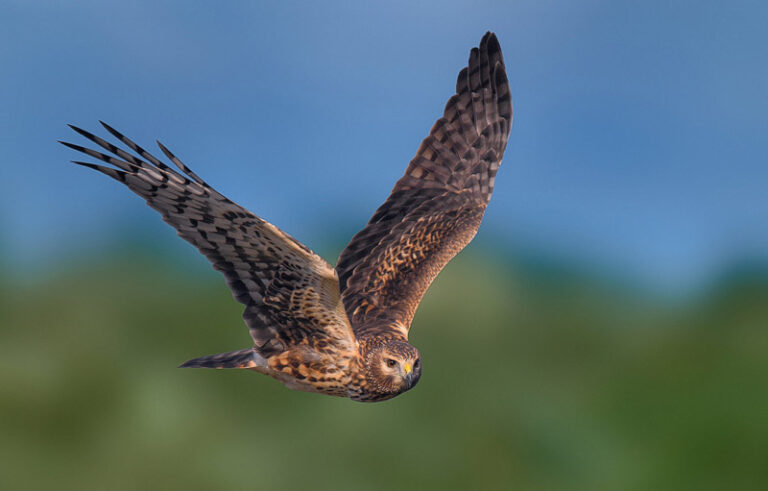Yellow-rumped Warblers could soon be all over the place, giving their familiar chek calls. This is one of the most common warblers in North America, and they can be found on Mt. Lemmon year-round, but come October birds from the Rockies and western Canada show up in the lowlands of Southeast Arizona to spend the winter.
Fondly known by birders as “butter butts” for their characteristic yellow backside, Yellow-rumped Warblers are strikingly patterned birds. Males are a cool blue-gray overall, with heavily black streaked sides and breast, white belly, broken white eye ring, and yellow accents on the sides, throat, and crown. There are four distinct forms of Yellow-rumped Warbler, and these could be split into at least three separate species based on current genetic work. In the west, the common form is yellow-throated Audubon’s, while in the eastern US, the white-throated Myrtle form dominates. DNA studies now show that Myrtle and Audubon’s are separate species, and so is a third form known as Goldman’s Warbler that is found in Guatemala. The species status of the fourth form, known as the Black-fronted Warbler, found in the mountains of northern Mexico is still being studied.
Yellow-rumped Warblers are versatile foragers—they take insects from foliage, in the air, and on the ground, then switch over to eating berries in winter. They are unique in that they are able to digest 80% of the wax-coated fruit of bayberries and wax myrtles allowing them to winter farther north than any other warbler.
Image by Mick Thompson




